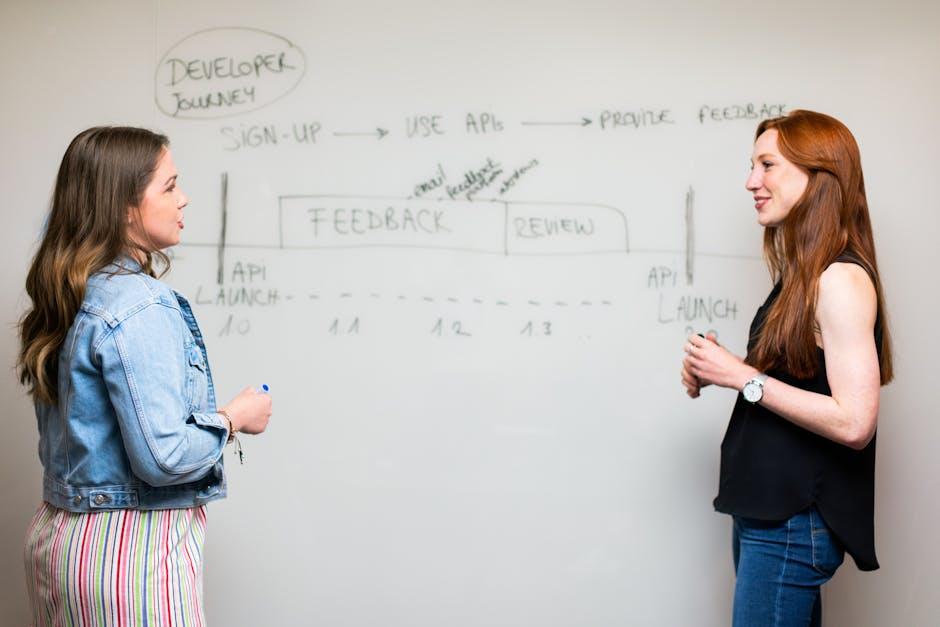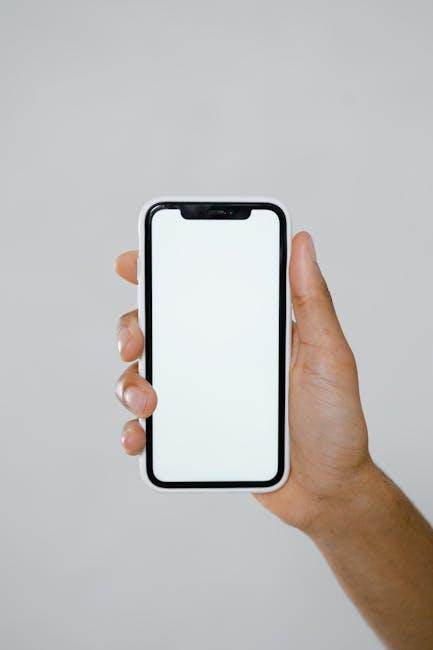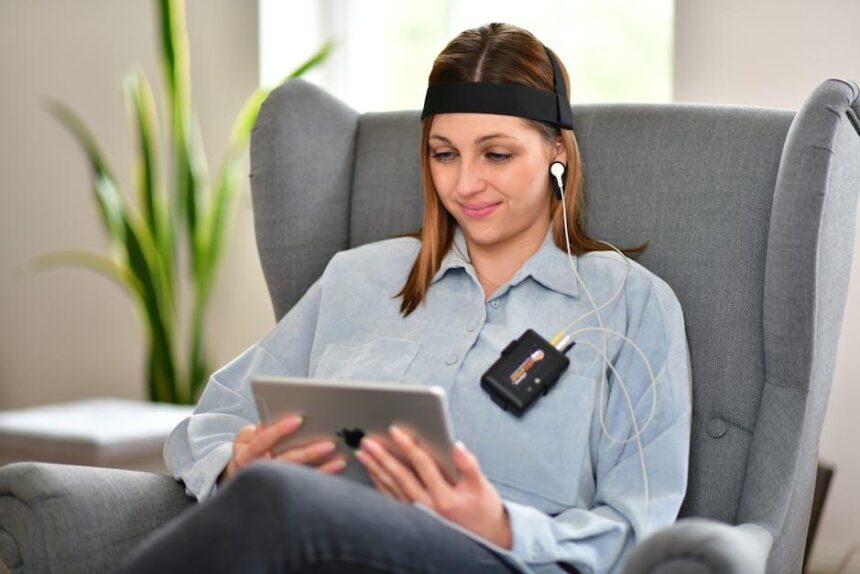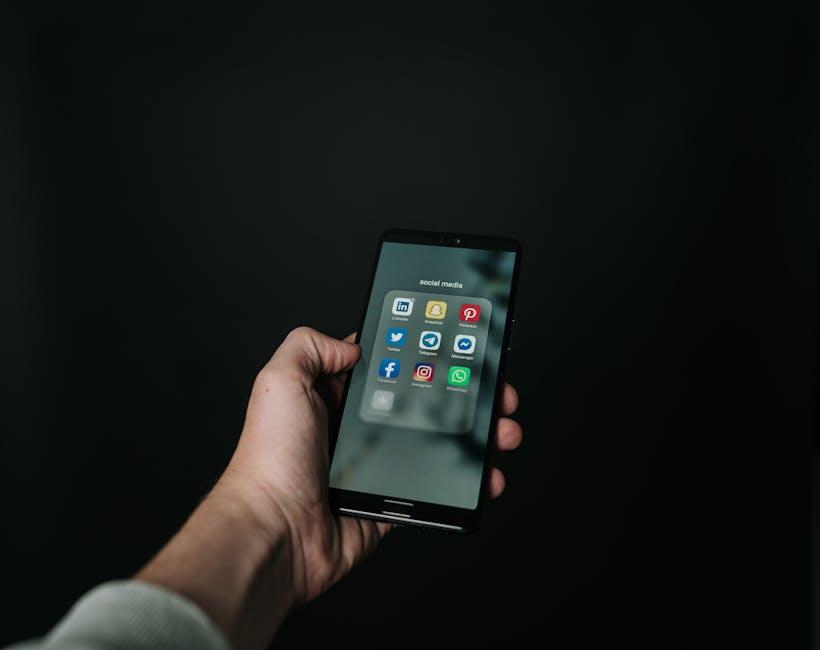In a world where technology increasingly mediates our experiences, the subtle language of touch is emerging as a powerful tool to bridge the gap between human emotion and digital interaction. Haptic feedback-those vibrations, pulses, and tactile cues woven into our devices-does more than simply notify or alert. It carries the potential to evoke feelings, shape moods, and create deeper emotional connections with technology. This interplay between haptic feedback and emotional design opens a new frontier where the sense of touch not only informs but also enriches the way we engage with the digital realm, inviting us to rethink how machines can resonate with the human heart.
Understanding the Role of Haptic Feedback in Enhancing Emotional Connection

Incorporating haptic feedback into design bridges the gap between digital interactions and human emotions, transforming simple touches into meaningful experiences. When users feel subtle vibrations, pulses, or resistance, their sensory engagement deepens, fostering a sense of empathy and closeness. This tactile communication can mimic real-world sensations, making virtual connections feel more tangible and authentic. For example, a gentle vibration during a messaging app interaction can amplify the feeling of a shared moment or an empathetic response, turning cold text into warm, feeling-driven exchanges.
To harness the emotional power of haptics effectively, designers consider a range of tactile cues that enhance the user’s emotional journey:
- Rhythm and intensity: Different vibration patterns can express urgency, calmness, or excitement.
- Duration: A longer pulse might convey comfort or reassurance, while short taps can signal notifications or alerts.
- Context: Haptics synchronized with visuals and sounds provide a more immersive and emotionally resonant experience.
| Emotion | Haptic Pattern | Example Use |
|---|---|---|
| Reassurance | Slow, steady pulse | Health app reminders |
| Excitement | Rapid, rhythmic taps | Game rewards |
| Urgency | Sharp, quick buzz | Security alerts |
Exploring Psychological Responses Triggered by Tactile Interactions

Touch is a powerful medium that goes beyond mere sensation; it acts as a gateway to emotional resonance. When users engage with haptic feedback, their brains don’t just register physical stimuli-they interpret these signals as messages imbued with meaning and intent. This interaction often sparks subconscious psychological responses including comfort, trust, and even excitement, which are pivotal in shaping user experience. Interestingly, the subtleties of a gentle vibration versus a rapid pulse can evoke entirely different emotional states, emphasizing the delicate balance designers must strike between tactile cues and emotional impact.
Understanding these nuanced reactions allows designers to strategically leverage touch to create meaningful connections. Consider the following psychological effects that tactile interactions can trigger:
- Calming Influence: Steady, rhythmic feedback can induce relaxation and reduce anxiety.
- Alertness Boost: Sharp, quick pulses tend to heighten awareness and attention.
- Sense of Control: Responsive textures and resistance convey agency, enhancing confidence.
| Type of Feedback | Associated Emotion | Typical Use Case |
|---|---|---|
| Soft, Continuous Vibration | Comfort | Wearables, Meditation Apps |
| Short, Pulsed Feedback | Alertness | Notifications, Gaming |
| Variable Resistance | Empowerment | Virtual Reality, Simulation |
Designing Intuitive Haptic Elements for Positive User Experiences

Creating haptic elements that resonate deeply with users requires a fine balance between subtlety and clarity. The tactile sensations must feel like a natural extension of the interface, guiding users intuitively without overwhelming their sensory experience. Designers often experiment with varied vibrations, pulses, and pressure feedback to mirror emotional cues-like a gentle tap to signify success or a brief buzz to alert users to an error. Such well-calibrated responses not only enhance usability but also forge emotional connections, turning routine interactions into moments of pleasant surprise and comfort.
To craft these immersive experiences, it’s essential to consider the context, intensity, and duration of haptic signals. For instance, the table below highlights typical haptic patterns and their emotional associations, shedding light on how different feedback can impact user perception:
| Haptic Pattern | Emotion Evoked | Common Usage |
|---|---|---|
| Quick Single Tap | Affirmation | Button Clicks |
| Short Buzz | Alert | Error Notifications |
| Gentle Pulse | Calm/Comfort | Loading States |
| Rhythmic Beat | Excitement | Game Events |
- Intensity: Should match the emotional weight of the action.
- Duration: Brief feedback works best to maintain flow.
- Context-awareness: Feedback must feel appropriate within the user’s current task.
Best Practices for Integrating Emotional Design with Haptic Technology

To seamlessly merge emotional design with haptic technology, a thoughtful approach to user experience is vital. Start by understanding the context and emotional cues tied to specific touchpoints. Not all vibrations or taps will evoke positive feelings; subtlety is key in delivering feedback that resonates emotionally without overwhelming or distracting the user. Designers should focus on tailored haptic patterns that symbolize warmth, reassurance, or excitement, depending on the desired emotional response. Pairing this with adaptive intensity based on user preference or environmental conditions enhances personalization, creating a memorable and empathetic interaction.
Collaboration between multidisciplinary teams accelerates innovation in this space. Combine insights from psychology, design, and engineering to create haptics that truly connect with users on a deeper level. The following list highlights essential strategies to keep in mind:
- Prioritize subtle and meaningful feedback: Avoid excessive or generic vibrations that dilute emotional impact.
- Test across demographics: Emotional perception varies, so iterate with diverse user groups for refined results.
- Integrate with other sensory inputs: Sync haptic feedback with visual and auditory design elements for a holistic experience.
- Map emotions to physical sensations: Develop a library of haptic patterns linked to specific emotional states to guide design decisions.
| Emotion | Haptic Pattern | Intensity |
|---|---|---|
| Calm | Slow pulsing | Low |
| Excitement | Quick bursts | High |
| Reassurance | Soft steady buzz | Medium |
Concluding Remarks
As the boundaries between technology and human experience continue to blur, haptic feedback emerges not just as a tool, but as a language of touch that speaks to our emotions in subtle, profound ways. Emotional design, enriched by these tactile cues, invites us to feel more deeply connected to the digital world-transforming cold interfaces into resonant experiences. In this evolving dialogue between sensation and sentiment, haptic feedback may well be the bridge that transforms technology from something we use, into something we truly feel.











